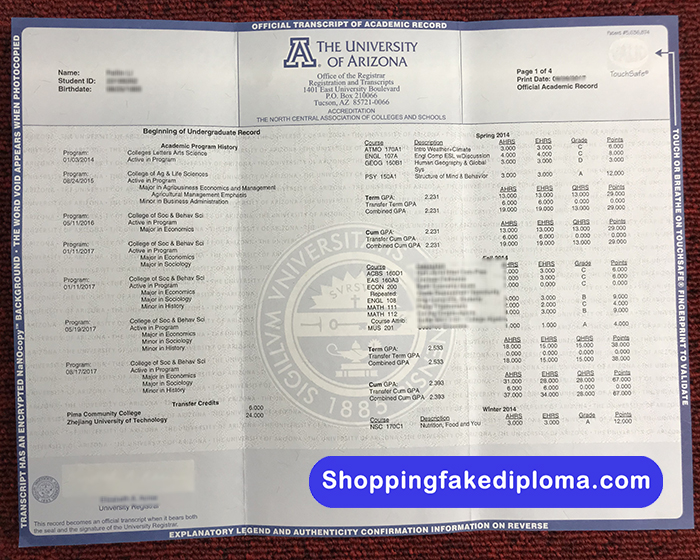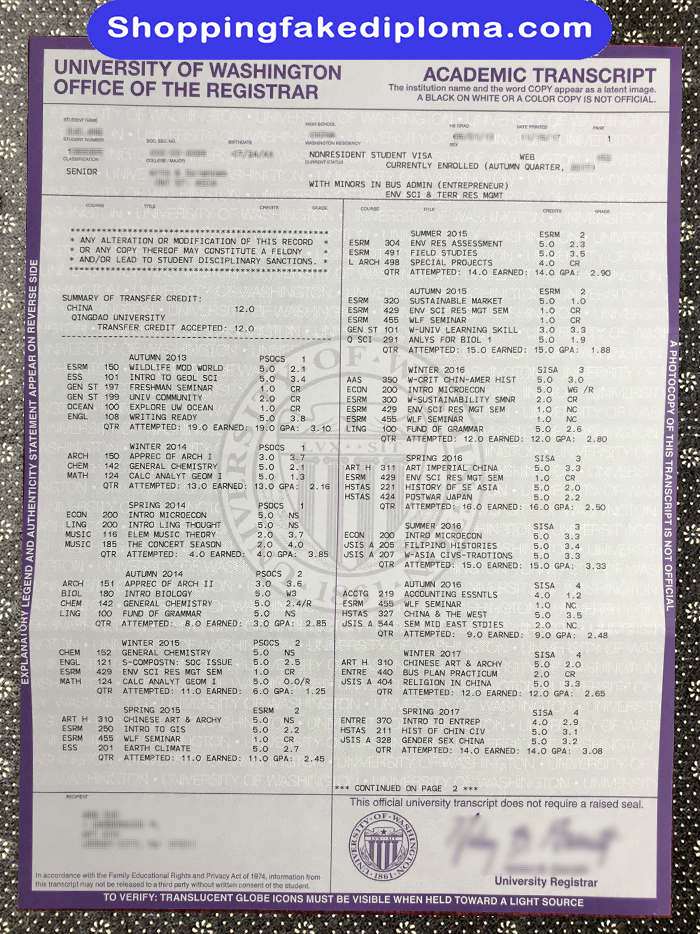When applying to schools, seeking employment, or engaging in academic research, students often need to submit their academic records. However, transcripts are not a one-size-fits-all document, as they can be divided into official and unofficial transcripts. This article aims to provide a comprehensive understanding of the differences between official and unofficial transcripts, as well as their respective uses and significance in various contexts.
Official Transcripts

Official transcripts are formal documents issued directly by educational institutions or schools, documenting a student’s grades and credits earned. Here are some key features of official transcripts:
- Institutional recognition: Official transcripts are signed and stamped by the educational institution or school, verifying their authenticity and credibility.
- Comprehensive records: Official transcripts include a complete record of all courses, credits, and grades undertaken by the student throughout their academic journey.
- Standardized format: Official transcripts are usually presented in a standardized format specified by the institution, ensuring consistency and readability.
- Official purposes: Official transcripts are primarily used for formal occasions such as school applications, scholarships, employment, or professional certification.
Unofficial Transcripts

Unofficial transcripts are self-generated transcripts created by students, often provided to recipients through methods such as photocopying, printing, or email. Here are some characteristics of unofficial transcripts:
- Student-generated: Unofficial transcripts are created by students themselves and do not bear the signature or stamp of an educational institution or school.
- Partial records: Unofficial transcripts may only include selected courses, credits, and grades chosen by the student, rather than providing a complete academic record.
- Flexible format: Unofficial transcripts can vary in format and layout based on individual preferences, lacking a standardized template.
- Informal purposes: Unofficial transcripts are typically used for personal reference, self-recommendation letters, or preliminary applications in informal settings.
A Comparison of Official Transcripts and Unofficial Transcripts
There are several key distinctions between official transcripts and unofficial transcripts, which are evident in the following aspects:
- Credibility: Official transcripts, bearing the signature and stamp of an educational institution, carry higher credibility and authenticity compared to unofficial transcripts, which lack such institutional endorsement.
- Completeness: Official transcripts provide a comprehensive academic record, encompassing all courses, credits, and grades, while unofficial transcripts may only present selected portions of the student’s academic history.
- Standardization: Official transcripts adhere to a standardized format, making them easily comprehensible and comparable for schools, employers, or other institutions. In contrast, unofficial transcripts exhibit variations in format and layout.
- Usage limitations: Official transcripts are suitable for formal occasions such as school applications, scholarship applications, and employment, whereas unofficial transcripts primarily serve in informal settings like personal reference and self-recommendation letters.
Both official transcripts and unofficial transcripts hold their unique uses and value when applying to schools, seeking employment, or engaging in academic research. Official transcripts are formal documents signed and stamped by educational institutions, offering heightened credibility and completeness, making them suitable for formal applications and certification processes. On the other hand, unofficial transcripts are self-generated academic records primarily used for personal reference and informal contexts.
Whether it is an official transcript or an unofficial transcript, students should pay attention to the following aspects when preparing and submitting their transcripts:
- Accuracy: Both official and unofficial transcripts should accurately reflect the student’s academic achievements. Students should carefully review their records to ensure there are no errors or omissions.
- Consistency: If students need to submit both official and unofficial transcripts, consistency between the two is important. The content and format of the transcripts should align to avoid confusion or ambiguity for the recipient.
- Application requirements: When applying to schools or positions, students should carefully read the application requirements and determine whether official or unofficial transcripts are required. Some institutions may only accept official transcripts, while others may accept unofficial transcripts for preliminary applications.
In conclusion, official transcripts and unofficial transcripts play significant roles in different contexts. Official transcripts are formal documents issued by educational institutions, carrying high credibility and authority, suitable for formal applications and certification processes. Unofficial transcripts, on the other hand, are primarily used for personal reference and informal settings. Students should select the appropriate type based on specific requirements and contexts, ensuring accuracy and consistency. This will enhance the success rate of their applications and showcase their academic achievements and capabilities.